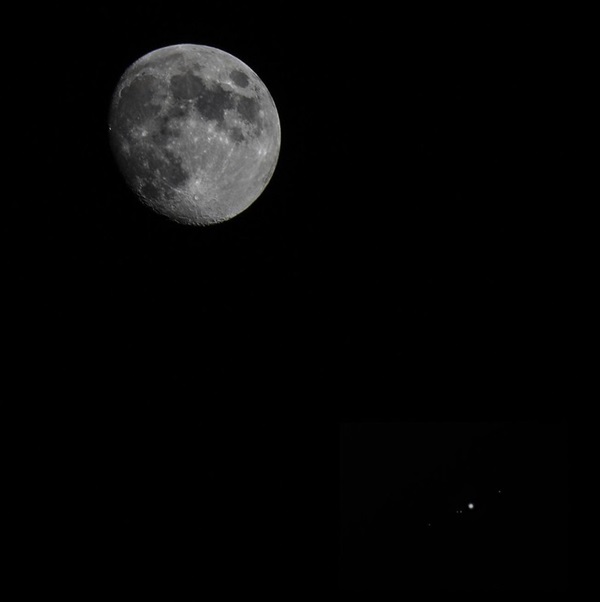 |
Moons come in many shapes, sizes, and types. A few have atmosphere and even hidden oceans beneath their surfaces. Most planetary moons probably formed from the discs of gas and dust circulating around planets in the early solar system, though some are captured objects that formed elsewhere and fell into orbit around larger worlds. Scientists are getting so good at spotting tiny moons orbiting distant, giant planets that the International Astronomical Union, which governs official names of planets and moons, will no longer name the smallest moons unless they’re of “significant” scientific interest. There are likely thousands more moons awaiting discovery in our solar system.
|
| |
|
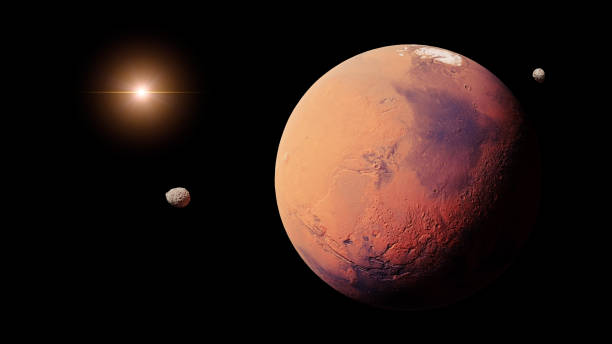 |
Mars has two moons, Phobos and Deimos. Both are believed to be captured asteroids.Phobos is the larger of Mars' two moons. It orbits Mars three times a day, and is so close to the planet's surface that in some locations on Mars it cannot always be seen. Phobos is nearing Mars at a rate of six feet (1.8 meters) every hundred years. At that rate, it will either crash into Mars in 50 million years or break up into a ring.Deimos is the smaller of Mars' two moons. It orbits Mars whirls around Mars every 30 hours.
|
| |
|
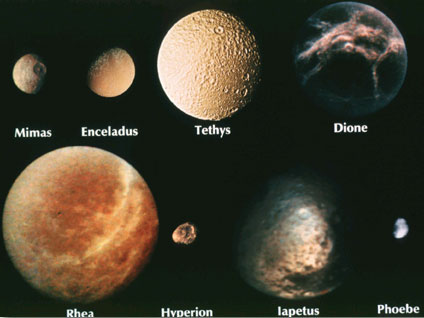 |
Saturn has 83 moons. Sixty-three moons are confirmed and named, and another 20 moons are awaiting confirmation of discovery and official naming by the International Astronomical Union . Saturn's moons range in size from larger than the planet Mercury – the giant moon Titan – to as small as a sports arena. The moons shape, contribute to, and also collect material from Saturn's rings and magnetosphere.
|
| |
|
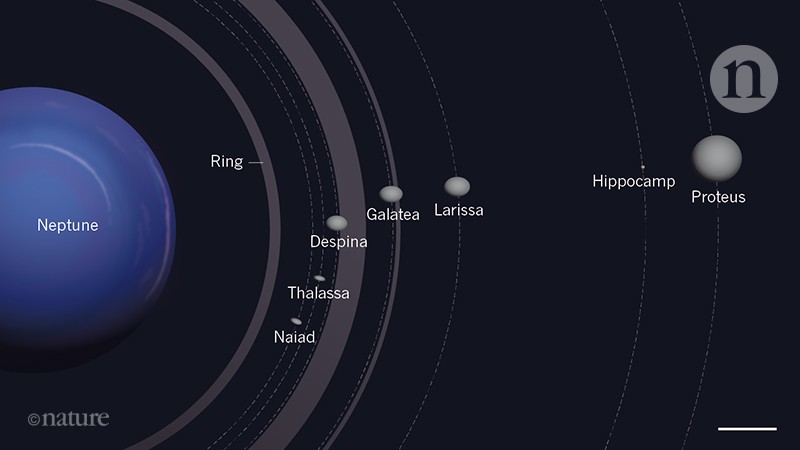 |
We don't know if William Lassell had a celebratory beverage after he discovered Neptune's moon, Triton, but beer made the finding possible. Lassell was one of 19th century England's grand amateur astronomers, using the fortune he made in the brewery business to finance his telescopes. He spotted Triton on Oct. 10, 1846 – just 17 days after a Berlin observatory discovered Neptune. Scientists using powerful telescopes and spacecraft have since discovered a total of 14 moons orbiting this distant, giant world.
|
| |
|
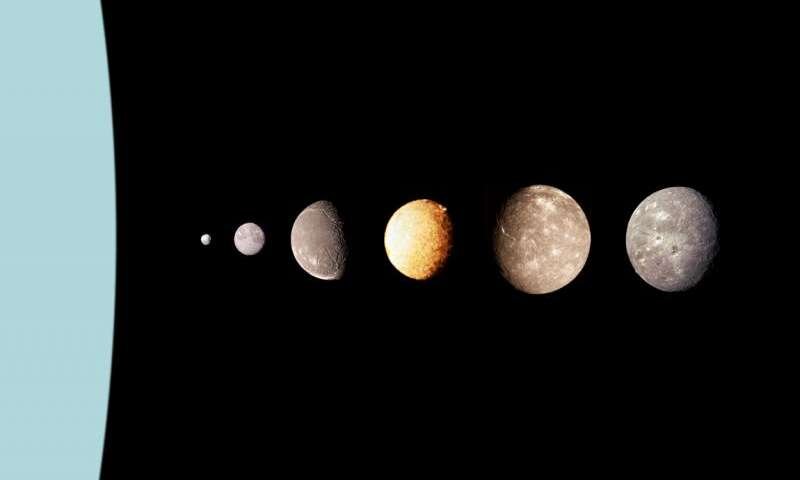 |
“Sweet Moon," William Shakespeare wrote in "A Midsummer Night's Dream," "I thank thee for thy sunny beams; I thank thee, Moon, for shining now so bright."Centuries later, the moons of Uranus pay homage to the famous playwright. While most of the satellites orbiting other planets take their names from various mythologies, Uranus' moons are unique in being named for Shakespearean characters, along with a couple of the moons being named for characters from the works of Alexander Pope.
|
|






